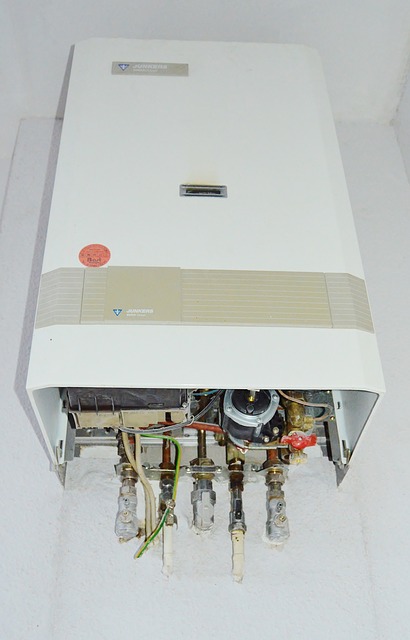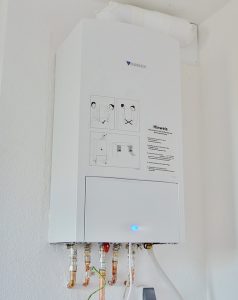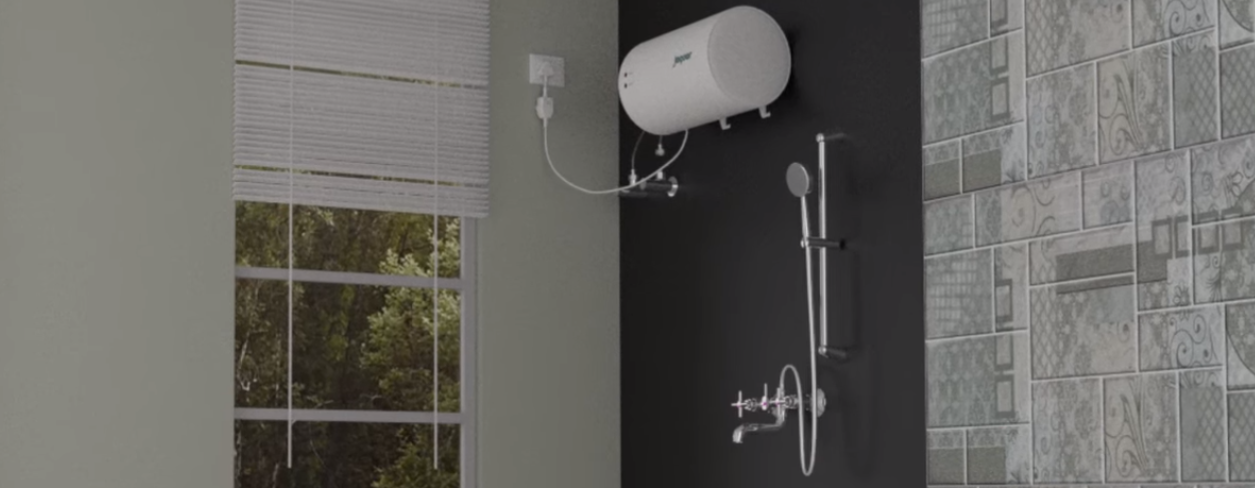Following the replacement of a boiler, a defoaming of your heating circuit, an intervention on the hydraulic network of heating or sanitary requiring a draining, a replacement of water heaters, we recommend the operations of following maintenance or service.
Hot Water Central Heating Tips
After an intervention (boiler replacement, disemboweling of the heating circuit), following the restarting of the heating system, despite the full purge performed by the professional plumber near me or your care, noises of air or water can sometimes occur for a few more days inside the heating circuit.  This is quite normal because it is indeed technically impossible to hunt all the air at the end of the intervention (bubbles can still remain “stuck” and move a few days later in the circuit).
This is quite normal because it is indeed technically impossible to hunt all the air at the end of the intervention (bubbles can still remain “stuck” and move a few days later in the circuit).
To remedy this, it is necessary to ensure the days following the intervention (or when the heating is restarted if the invasion took place outside the heating period) to:
purge your radiators (if present) starting with those installed at the lowest levels, several times if necessary until the disappearance of traffic noise or air (attention also to the “high points” sometimes present on some installations, l air blocked in the piping completely preventing the flow of water).
purge the return/return flow of the floor heating (if present and equipped with an air vent).
Monitor the water pressure, which should generally oscillate around 1 to 2.5 bars depending on the number of floors of the building in residential: add water as needed, especially after purging the heating circuit or radiators.
And In Any Case, To Ensure Optimal Operation Of Your Installation:
Purge the installation (radiators, underfloor heaters) during the heating period only in the event of noises, cold areas in the upper part of the radiator, or if the water does not circulate in the nurses’ outlets. Contrary to popular belief, this purge is not to be systematically carried out before each heating season, because a removal necessarily leads to extra water to restore the pressure in the heating circuit and then disrupts the chemical balance of the heating system. Water (the heating is a closed circuit) and thus accelerated the formation of sludge.
Regularly monitor the pressure and quality of the water (pH, hardness) of the heating circuit: pH between 7 and 8, Iron <0.5mg / L, Copper <0.1mg / L (otherwise it there is a risk of deterioration for the heating element and/or corrosion phenomena on the installation, it is imperative to empty the installation and provide adequate packaging).
 Fill the installation with quality water: the water must be clear (free of impurities or silt) and have a total hardness below 15 ° F; in the opposite case, it is necessary to provide an upstream filter and adequate chemical conditioning (anti-limescale filter, magnetic antiscale or softener ).
Fill the installation with quality water: the water must be clear (free of impurities or silt) and have a total hardness below 15 ° F; in the opposite case, it is necessary to provide an upstream filter and adequate chemical conditioning (anti-limescale filter, magnetic antiscale or softener ).
Regularly operate the valves and safety groups on the system and have them replaced immediately in case of leaks or continuous flow.
Take care of the necessary annual maintenance of your heat generator and flue gas ducts.
Check and adjust the pressure of each diaphragm expansion vessel (heating and sanitary).
Make sure that the lift pump (if present) is working correctly and clean it regularly so that it does not become blocked (especially with condensate from a condensing oil boiler).
For installations equipped with a condensate neutralizer, regularly check the flow of condensates, and if necessary, thoroughly clean the granules to remove sludge and deposits and avoid clogging of the neutraliser (at least twice a year, during the 2 half -season of heating at the time when the boiler condenses the most), and ensure the replacement always leaving a slight vacuum of air of at least 20 to 30% of the load in “pellets” every 6 months to 1 year in the volume of the neutralizer, the power of the boiler, its fuel; the consumption varies according to the acidity and the amount produced.
It is essential to leave all thermostatic radiator valves in the “open” position (maximum temperature) outside the heating period to prevent them from seizing.
Change everything “faucet + thermostatic head” which would remain blocked, and in any case, provide for their replacement approximately every ten years, or less depending on their quality.
Perform regular deboning: heated floor every five years, radiators every 5 to 10 years (or less especially in the presence of PER pipes without BAO – oxygen barrier – efficient or radiators “steel,” the quality of your water, with facilities subject to frequent water supplies).
Perform regular debugging / cleaning (about every ten years or less) of its oil storage tank, especially with the use of high performance condensing oil boilers.
